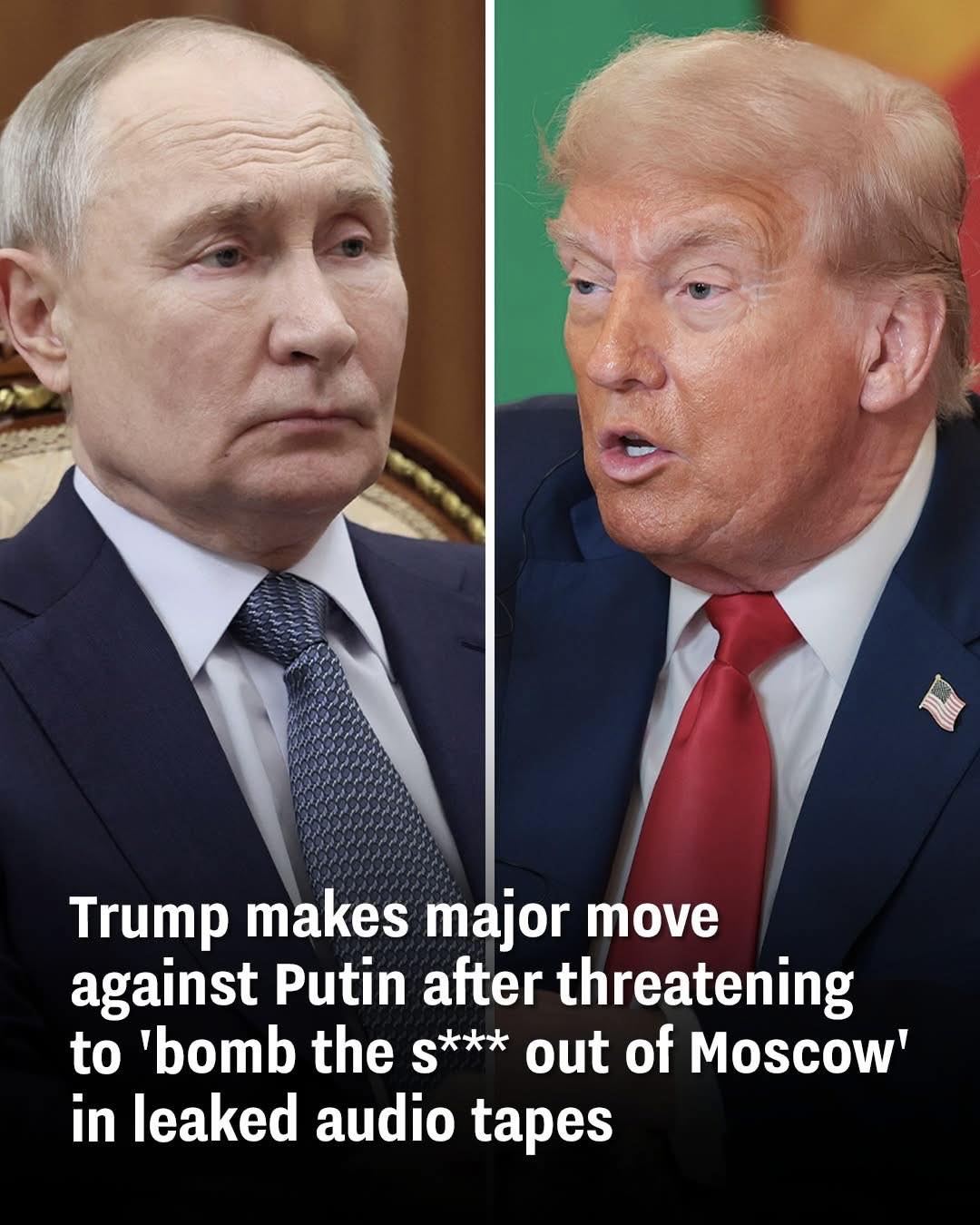President Donald Trump has authorized a new wave of U.S. military assistance to Ukraine, signaling a notable shift in his administration’s posture amid ongoing tensions with Russia. The announcement comes on the heels of a leaked audio recording in which Trump allegedly suggested he would respond to a Russian invasion of Ukraine by launching an aggressive strike on Moscow.
In comments made on Sunday, Trump confirmed that the United States will send Patriot missile defense systems to Ukraine — a key request that Ukrainian officials have pushed for since the early stages of the war. “We will send them Patriots, which they desperately need,” Trump told members of the press. “I haven’t agreed on the number yet, but they’re going to have some because they do need protection.”
Patriot systems are among the most advanced air defense technologies currently available. They are capable of detecting, tracking, and neutralizing airborne threats including drones, aircraft, and incoming missiles. The cost of deploying a single Patriot battery — estimated at around $1 billion, including $400 million for the launch system and nearly $700 million for missiles — has made them a controversial element in U.S. foreign aid discussions.
President Trump emphasized that this assistance package would be part of a cost-sharing arrangement with NATO. “We’re going to send them very sophisticated military equipment, and they’re going to pay us 100 percent for it,” he stated, clarifying that the deal would not fall on the shoulders of U.S. taxpayers alone.
The announcement follows a series of political reactions after CNN and other outlets released audio from a private fundraiser in 2024, during which Trump was reportedly recorded telling donors about conversations he had with foreign leaders prior to taking office for his second term. In the recording, Trump claims he warned Russian President Vladimir Putin, “If you go into Ukraine, I’m going to bomb the s**t out of Moscow.” He added that while Putin may not have fully believed him, “he believed me 10 percent.”
Trump also allegedly referenced a similar exchange with Chinese President Xi Jinping, in which he reportedly threatened military retaliation if China invaded Taiwan.
Kremlin officials quickly dismissed the authenticity and significance of the comments. “There were no such telephone conversations,” said Russian government spokesman Dmitry Peskov. “These remarks are from a time when Mr. Trump was not serving as president.”
Although Trump has previously pledged that he could end the Russia-Ukraine war within 24 hours of returning to office, the conflict continues with no clear resolution. In recent weeks, Ukrainian cities have faced renewed missile attacks and drone strikes, further escalating the humanitarian crisis and damaging civilian infrastructure.
In remarks following a recent cabinet meeting, Trump appeared to express frustration with Russian leadership. “I’m not happy with Putin. I can tell you that much,” he said. “We get a lot of bulls**t thrown at us by Putin. He’s very nice all the time, but it turns out to be meaningless.”
The decision to send Patriot systems marks a significant escalation in U.S. involvement in the conflict. It is also a departure from some of Trump’s earlier statements during his first presidency, when he was often criticized for his warmer tone toward Putin and his skepticism of military aid to foreign nations.
Now, with the international community closely watching both Russia’s actions and Trump’s policy approach, the delivery of U.S. weapons — even on a reimbursable basis — may signal stronger support for Ukraine’s self-defense and a renewed commitment to regional security.
Ukraine’s government has yet to release an official response to the announcement but has repeatedly expressed the urgent need for advanced defensive weapons. Ukrainian President Volodymyr Zelenskyy has stated in the past that effective air defenses are essential to protect civilians and maintain the country’s sovereignty in the face of Russian aggression.
The coming weeks will likely determine how quickly these systems can be delivered and whether they will alter the dynamics of the battlefield.
